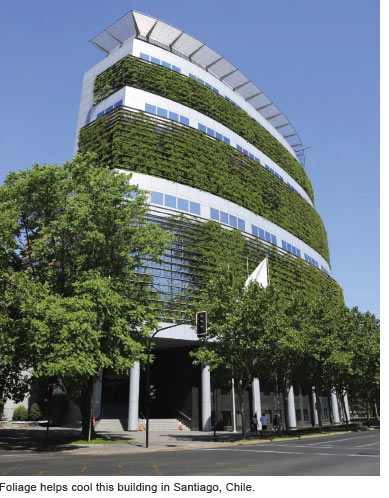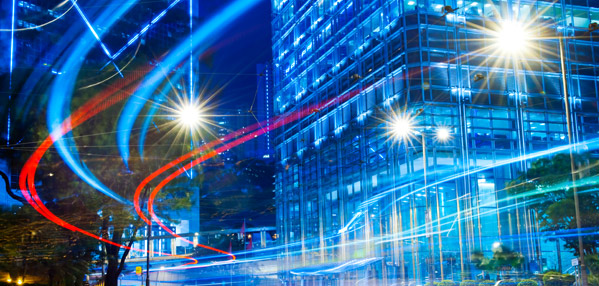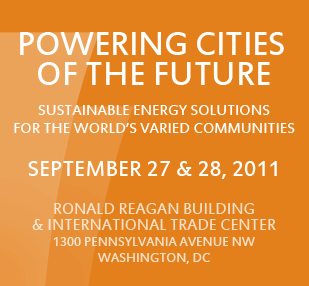By Russ Davidson
  ustainable design of new buildings and renovations of older buildings by America’s architects can reduce energy use in a building by 50 percent, which can have a major impact on overall energy use in the country. Just consider the following data from the Department of Energy: ustainable design of new buildings and renovations of older buildings by America’s architects can reduce energy use in a building by 50 percent, which can have a major impact on overall energy use in the country. Just consider the following data from the Department of Energy:
•Buildings account for 40 percent of all energy use in the United States. This sector consumes more energy than either industry or transportation, having surpassed industrial use as the number one consuming sector in 1998.
•The growth in buildings’ energy consumption resulted in carbon dioxide emissions rising from about a third of total U.S. emissions in 1980 to almost 40 percent by 2005.
•Of the total increase in retail electricity sales reported by the Energy Information Administration from 1985 to 2006, 87 percent was attributable to buildings sector demand.
The most visible difference in buildings of the future will be the generous and carefully conceived introduction of controlled daylight. Not only does daylight save energy used for lighting, which is a major portion of energy use in office buildings and schools, it also improves the performance of workers and students.
Like many innovations in architectural design, sustainable or “green” building practices started out as a novel and innovative approach, but they are now increasingly becoming typical or routine in architectural designs.
The energy crisis of the 1970s and 80s first highlighted how much energy is used by buildings, and architects responded
by developing innovative passive solar and superinsulated designs.
Now, in response to concerns about the global effects of energy use, architects are responding with cost-effective and proven sustainable design strategies.
This evolution is reminiscent of the introduction of fireproof construction prompted by large urban fires such as the one that devastated Chicago in the 1800s. That calamity prompted the formation of a “fireproof” political party, and ultimately led to new building codes that mandated many practices that now seem to be second nature.
Sustainable architectural design is in the process of being incorporated into land use planning as well as building design. The impact of incorporating these practices is now seen as so central to reducing energy consumption that they are likely to become the ‘new normal’ for architectural design of buildings for all functions.
The American Institute of Architects is deeply involved in the ‘greening’ of American buildings, and it was invited by the International Code Council to help lead the effort to develop the International Green Construction Code (IGCC).
AIA Vice-President Dennis Andrejko first started teaching and writing about Passive Solar design over 30 years ago. He now leads the AIA’s family of knowledge communities including the Committee on the Environment (COTE), this organization gives awards to the top ten sustainable design projects each year. (See www. aia.org.)
AIA President Clark Manus is the CEO of Heller Manus Architects, who designed the first LEED Gold rated highrise
building in San Francisco. His firm is also incorporating energy efficient designs in all its projects across China.
In America, many of the large older buildings, such as schools, libraries factories and religious buildings, were not built with energy efficiency in mind. This makes these buildings prime targets if we are to cut our consumption of energy.
In America, many of the large older structures, such as schools, libraries, factories and religious buildings, were not built with energy efficiency in mind. Renovating them and erecting new ‘green’ buildings will not only improve efficiency, but also create jobs in a time of recession.
Russ Davidson is a member of the board of the American Institute of Architects and is President of KG&D Architects & Engineers, Mount Kisco, N.Y.
|


